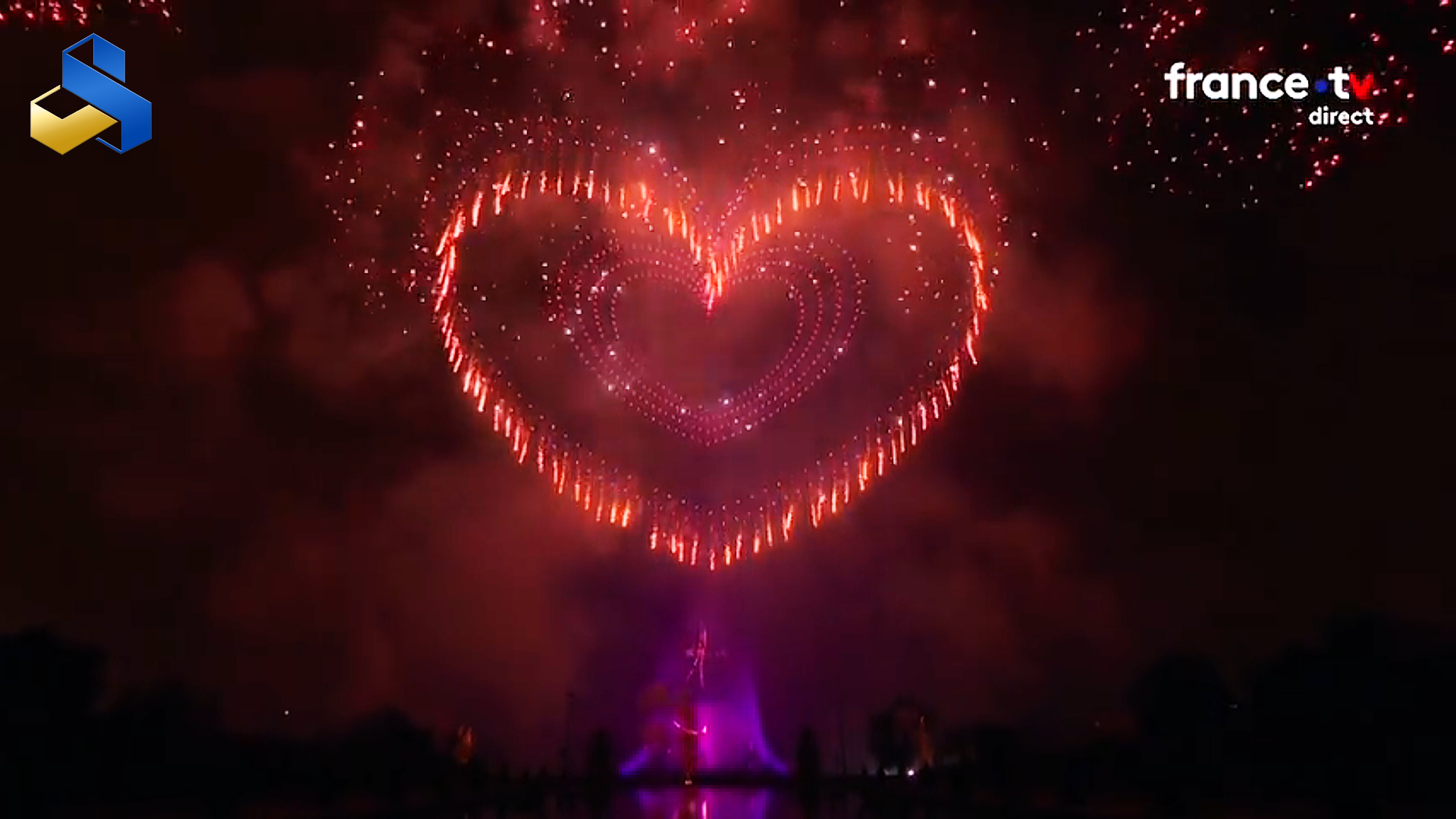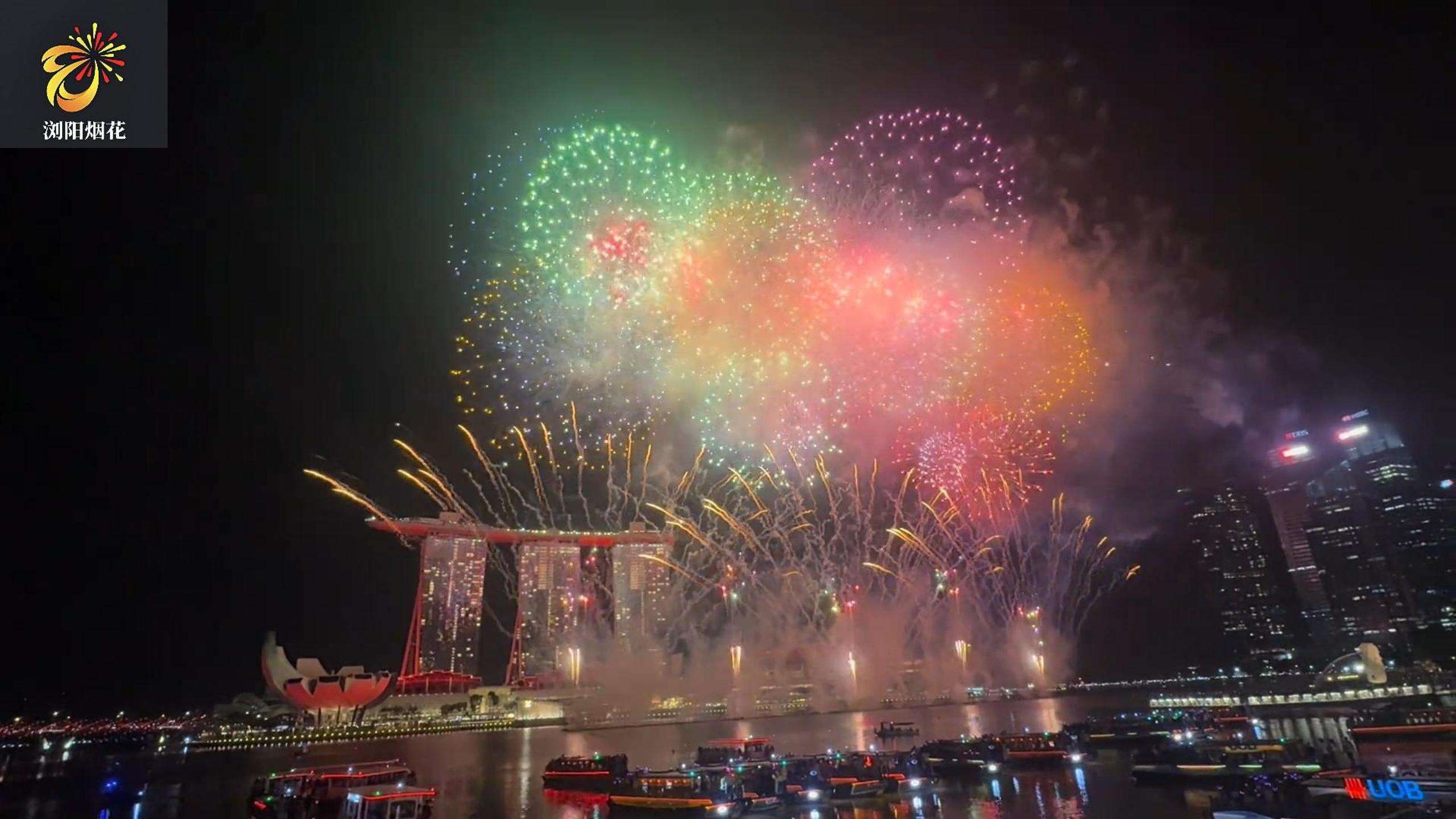Understanding Multi-Shot Devices or Cakes in Professional Fireworks Pyrotechnics
Fireworks professionals use what they call "cakes" which are basically big boxes full of connected tubes that all go off one after another when lit. The whole thing depends on really accurate timing mechanisms so those colorful explosions, glowing trails, and popping sounds happen just right every 0.5 to 3 seconds or so. These professional setups aren't like the stuff people buy at stores. They focus much more on getting everything timed perfectly together and staying structurally sound during all that action. That's why manufacturers build them with strong materials like fiberglass or HDPE that can handle hundreds of shots going off in quick succession. Take a standard 200 shot cake for instance it might light up anywhere from half a kilometer to almost a full kilometer across the sky, and still keep each shot within about 2 percent of where it should be. Getting that kind of consistency matters a lot when putting together elaborate shows where each effect needs to match music or other elements precisely.
The Evolution of Display-Grade Fireworks and Rising Global Demand
Since around 2018, the world of fireworks manufacturing has been moving away from smaller formats toward these big capacity cake systems. According to the latest data from PyroTech Trends in 2023, about two thirds of what professionals buy nowadays are these display quality fireworks. Why this change? Well, cities keep growing and local authorities want better control over public events. They prefer having everything launched from one central spot rather than dealing with lots of individual fireworks scattered around. The newer cake designs actually make things safer too. These modern setups come with pre-connected modules that follow standard safety protocols. The National Fire Protection Association reported back in 2022 that such improvements cut down on dangerous manual lighting situations by roughly eighty one percent when compared to old fashioned shell arrangements.
Case Study: Market Impact of Innovation in Professional Fireworks
In 2022, a major Chinese manufacturer slashed production costs by almost 40% through their new manufacturing approach that combined special nanocomposite shells with automated assembly lines for firework cakes. This strategy allowed them to expand quickly into seventeen new international markets. By the end of 2023, they had captured around one fifth of all professional fireworks imported into Europe. The company's secret weapon? A patented delay fuse system that keeps those complicated multi-shot displays firing exactly on time. Fireworks enthusiasts know how frustrating it can be when shots go off out of sync, but this innovation has set a new standard in the industry, especially for large display cakes with over 100 individual explosions.
Engineering and Design Principles Behind Multi-Shot Aerial Repeaters
How Synchronized Effects Are Achieved Through Modular Cake Construction
Fireworks professionals create those amazing sky shows through modular setups where each effect module is basically a self-contained unit that fires in sequence thanks to carefully timed fuses. Take a standard firework cake for instance it can pack over 100 individual tubes inside, each with different delay times between 0.2 and 1.5 seconds. This setup lets them produce those beautiful cascading patterns we see as chrysanthemum blooms or colors changing mid-air. To keep everything safe and accurate, manufacturers actually use special cassettes made from fiberboard reinforced with ceramics. These help separate the modules so they don't all go off at once while keeping the positioning spot on within half a degree of accuracy. The result? Entire shows that run smoothly for anywhere from 45 minutes straight up to almost an hour and a half, all triggered by just one initial spark at the start.
Integration of Rockets, Fountains, and Bursts in Cake Configurations
Modern aerial repeaters combine three effect categories:
- Rocket clusters (3–25 units) for altitude (200–400m)
- Fountain matrices creating ground-to-air spark curtains
- Burst shells releasing stars, crackles, or shaped patterns
Hybrid cakes fuse these elements using tiered ignition paths. For example, titanium salute bursts at 150m might trigger simultaneous gold peony fountains at 50m. A 2023 pyrotechnic safety study showed modular integration reduces misfire risks by 72% compared to single-effect devices when using standardized connectors.
Manufacturing Standards and Product-Specific Firework Instructions
Display-grade fireworks adhere to UN 0335/0336 explosives transport protocols and EN 15947:2022 performance standards. Leading manufacturers implement:
| Standard | Requirement | Compliance Check |
|---|---|---|
| Tube wall density | ≈8.5mm pressed clay | X-ray tomography scan |
| Fuse burn rate | 3.0cm/s ±0.2cm variance | High-speed camera verification |
| Effect alignment | <1.5° angular deviation | Laser-guided assembly jigs |
Operators receive device-specific firing angles (45°–90° elevation) and minimum spectator distances (70–250m based on burst height). Recent innovations include QR-code-linked setup videos, reducing human error by 58% according to 2024 event safety reports.
Safety Protocols for Handling and Firing Professional Fireworks Cakes

Pyrotechnics Safety Guidelines and Occupational Health Best Practices
Fireworks professionals stick to rigorous safety rules that blend workplace health regulations requiring fireproof protective gear with specific pyrotechnics safety requirements. Every team member goes through mandatory training about chemical hazards before they can work on site. When setting up displays, organizers need to make sure there's water available nearby - at least within about 25 feet away from where people will be standing. That way firefighters can quickly put out any unexpected flames. These days manufacturers are making improvements too. They're adding sealed tops made of foil material to mortars and strengthening base structures in their "cake" designs so things don't go off unexpectedly. The latest setup instructions from 2024 also address how to handle tricky ground conditions when positioning equipment for shows.
Safe Transport, Setup, and Bracing Techniques for Stability
Cakes exceeding 2.5" tube diameters require wooden containment boxes during transport and firing. Operators use interlocking L-brackets or sandbags to stabilize narrow repeater units, maintaining vertical alignment even during multi-shot recoil. Double-braced ignition systems prevent chain-firing mishaps, while biodegradable stabilization spikes replace traditional metal stakes in eco-sensitive venues.
Establishing Safety Perimeters and Managing Crowd Risks
The minimum safe distance for spectators is set at around 300 feet or approximately 91 meters away from where fireworks are launched. Additional protective measures come into play beyond that point too, with secondary barriers positioned roughly 500 feet (about 152 meters) out to catch any stray embers that might drift down. Fireworks experts who have proper licensing keep a close eye on how the wind is blowing during events. They use special instruments called anemometers to track air movement patterns and will actually change the angle at which fireworks go off if sudden gusts pick up speed past 15 miles per hour (which translates to about 24 kilometers per hour). For shows held in city environments specifically, organizers need to install overhead nets as part of their setup requirements. These nets serve as safety nets literally, catching those occasional misfiring shells that don't follow their intended trajectory.
Balancing Visual Spectacle With Public Safety Concerns
Modern display planning software calculates optimal cake spacing to prevent thermal crossover while maximizing visual impact. A 2025 industry study found shows using remotely triggered cakes reduced setup-related injuries by 62% compared to manual lighting. Strict enforcement of "cold zone" protocols ensures audiences experience grandeur without compromising evacuation routes during emergencies.
Innovation Trends Shaping the Future of Professional Fireworks Cake Technology

Eco-Friendly Compositions and Reduced Environmental Impact
The fireworks industry has been making some real progress lately toward greener practices. Many professionals are switching to biodegradable shells these days along with using potassium nitrate as an oxidizer instead of older materials. According to the latest data from the Pyrotechnic Safety Institute in 2024, this change cuts down on particulate matter emissions by around 35% when compared to what was used before. Another big plus comes from sulfur-free mixtures that help cut back on ground level ozone production without sacrificing those brilliant colors we all love at shows. All these improvements fit right into the new regulations coming out across North America for 2025, where they want fireworks displays to contain half as much heavy metals as they did previously. Firework companies are adapting fast to meet these standards while still delivering spectacular visual experiences.
Smart Ignition Systems and Remote Monitoring in Displays
Today's firing systems combine internet-connected sensors with smart algorithms that can forecast changes in wind direction about 92 percent of the time, allowing for on the fly corrections to projectile paths. The latest wireless mesh technology can coordinate around ten thousand different ignition points all at once, which represents roughly three times better performance compared to old fashioned wired setups from years back. These systems achieve timing accuracy under ten milliseconds even when covering large outdoor areas stretching across multiple acres. Such precision matters a lot during synchronized displays such as those seen during major sporting events where every second counts for proper coordination between different elements of the show.
Digital Timing Integration With Multi-Shot Aerial Repeaters
Pyrotechnicians are increasingly turning to cloud-based design tools that let them create virtual simulations of fireworks shows using CAD models. These platforms help figure out how effects will look from different angles in three dimensions, which is pretty important when planning big public displays. According to the latest data from the Global Pyrotechnic Innovation Index released in 2023, around four out of five major fireworks events now incorporate networked firing systems that can be timed precisely to music and synchronized with drone light shows. What's interesting is that this approach cuts down on setup mistakes by roughly 40% compared to old school manual programming techniques. Plus, it gives operators the ability to shut things down quickly in emergencies through secure mobile control systems, something that wasn't really possible before these technologies became widespread.
FAQ
What are professional fireworks cakes?
Professional fireworks cakes are large, multi-tube devices used in pyrotechnics to create synchronized explosion effects with precise timing. They are made from durable materials and are used in large-scale displays.
How have fireworks cakes evolved since 2018?
Since 2018, fireworks cakes have become the preferred choice for displays due to their efficiency, centralized control for safety, and ability to maintain timing accuracy.
What safety measures are associated with fireworks cakes?
Safety measures include using durable materials, following transport protocols, maintaining safe spectator distances, utilizing remote triggering systems, and adhering to strict safety guidelines to reduce risks during displays.
What eco-friendly trends are present in fireworks technology?
Eco-friendly trends include the use of biodegradable shells, potassium nitrate as an oxidizer, and sulfur-free mixtures to decrease environmental impact while maintaining vibrant displays.


